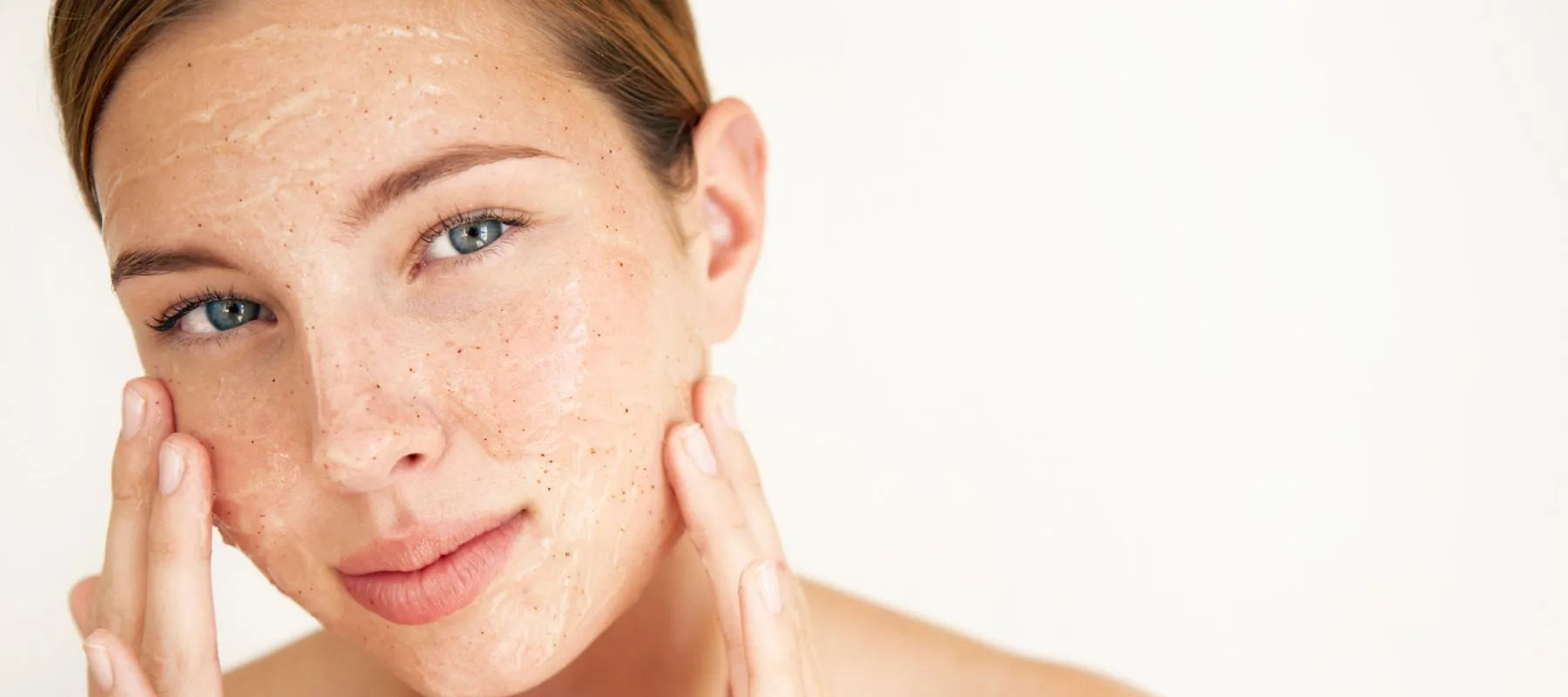
Over-Exfoliated Skin: What It Means and How to Heal
Exfoliation is a cornerstone of many skincare routines, promising smoother, brighter, and more radiant skin. However, over-exfoliation can lead to various skin issues that may reverse the benefits you're striving for. Understanding the meaning of over-exfoliation and recognising the signs of over-exfoliation are crucial for maintaining healthy skin.
In this article, we delve into the indicators of over-exfoliated skin, its causes, immediate and long-term treatment steps, prevention tips, and answers to frequently asked questions.
Signs of Exfoliated Skin
Over-exfoliation occurs when the skin is exfoliated too frequently or aggressively, disrupting its natural barrier and balance. Recognising the signs of over-exfoliation is the first step toward addressing the problem. Here are the common indicators:
1. Redness and Irritation
One of the most immediate signs of over-exfoliated skin is persistent redness and irritation. Excessive exfoliation disrupts the skin's natural barrier, leading to inflammation.
2. Increased Sensitivity to Products
When skin is overexfoliated, it becomes more susceptible to irritation from skincare products. Even gentle ingredients may cause discomfort or stinging sensations.
3. Dryness and Peeling
Excessive exfoliation strips away dead skin cells and the natural oils that keep skin hydrated, resulting in dryness and noticeable peeling.
4. Tight, Uncomfortable Skin
You may experience a constant tightness or discomfort in your skin. This feeling results from the compromised skin barrier struggling to retain moisture. If you know what exfoliation is, you will know that your skin should never be left feeling uncomfortable. Discomfort is a clear indication of over-exfoliation.
5. Breakouts or Flare-ups
Ironically, while exfoliation is often used to prevent acne, over-exfoliation can lead to breakouts or flare-ups. The irritation and barrier damage can trigger inflammatory acne.
Causes of Over-Exfoliation
Understanding the causes of over-exfoliation helps prevent it. Here are the primary factors:
1. Using Harsh Exfoliants Too Frequently
Products with potent exfoliating agents can be effective when used sparingly. However, using them too often can overwhelm the skin, leading to over-exfoliation.
2. Combining Multiple Exfoliating Products Like AHAs, BHAs, and Retinol
Mixing different types of exfoliants, including both chemical vs physical exfoliators, such as Alpha Hydroxy Acids (AHAs), Beta Hydroxy Acids (BHAs), and retinol, can be too much for the skin to handle at once. This combination increases the risk of over-exfoliating, which can compromise the skin barrier and lead to irritation and other adverse effects.
3. Ignoring Your Skin's Tolerance Levels
Every skin type has a tolerance for exfoliation. Ignoring your skin's signals and pushing for more frequent or intensive exfoliation can result in overexfoliated skin.
Immediate Steps to Treat Over-Exfoliated Skin
If you suspect you've over-exfoliated, taking swift action can mitigate damage. Here's what you should do:
1. Stop All Exfoliating Products Immediately
The first and most crucial step is to cease using all exfoliating agents. Give your skin a break to begin the healing process.
2. Use a Gentle, Hydrating Cleanser
Switch to a mild cleanser and incorporate a hydrating mask that will not strip your skin further. Look for products free from harsh chemicals and fragrances.
3. Apply a Soothing Moisturiser with Ingredients Like Ceramides and Aloe Vera
What is the skin barrier? The skin barrier is the outermost layer of your skin that protects against environmental stressors and retains moisture. Moisturisers containing ceramides and aloe vera help repair the skin barrier and provide much-needed hydration, calming irritated skin.
Long-Term Recovery for Over-Exfoliated Skin
Recovering from over-exfoliation requires patience and a strategic approach to skincare:
1. Incorporate a Barrier-Repair Cream or Product with Niacinamide
Barrier-repair creams fortified with niacinamide help restore the skin's natural barrier, enhancing its resilience and reducing sensitivity.
2. Use Broad-Spectrum Sunscreen Daily
Protecting your skin from UV damage is essential, especially when recovering from over-exfoliated skin. Use a broad-spectrum sunscreen with at least SPF 30 every day.
3. Gradually Reintroduce Exfoliation Once the Skin Has Healed
After your skin has recovered, slowly reintroduce exfoliating products. Start with milder options and lower frequencies to prevent recurrence.
Prevention Tips for Over-Exfoliation
Preventing over-exfoliation is more straightforward than treating it. Here are some tips to maintain a balanced exfoliation routine:
1. Limit Exfoliation to 1–3 Times Per Week, Depending on Your Skin Type
Tailor your exfoliation frequency to your skin's needs. Those with sensitive or dry skin may need to exfoliate less frequently, while oily skin can handle more regular exfoliation.
2. Always Patch-Test New Exfoliating Products
Before incorporating a new exfoliant into your routine, perform a patch test to ensure your skin can tolerate it without adverse reactions.
3. Use Mild Exfoliants for Sensitive or Dry Skin
Opt for gentler exfoliants, such as enzyme-based or mild AHAs, if you have sensitive or dry skin to minimise the risk of over-exfoliated skin.
4. Moisturise After Exfoliation to Maintain the Skin Barrier
Always follow up exfoliation with a good moisturiser to replenish lost moisture and support the skin barrier.
Conclusion
Exfoliation is a powerful tool in achieving healthy, glowing skin, but it's essential to use it wisely. Understanding the over-exfoliate meaning condition, recognising the signs of over-exfoliation, and following proper skincare practices can prevent the adverse effects of over-exfoliation. By adhering to the steps outlined above, you can maintain a balanced skincare routine that enhances your skin's natural beauty without causing harm.
FAQs
What does over-exfoliated skin look like?
Over-exfoliated skin often appears red and irritated, and may show signs of dryness and peeling. You might also experience increased sensitivity and breakouts.
How do I treat over-exfoliated skin?
To treat over-exfoliated skin, stop using all exfoliating products immediately. Switch to a gentle, hydrating cleanser and apply a soothing moisturiser with ingredients like ceramides and aloe vera. Allow your skin to heal before reintroducing exfoliants.
What are the common signs of over-exfoliation?
Common signs of over-exfoliation include redness, irritation, increased sensitivity to skincare products, dryness, peeling, tightness, and breakouts or flare-ups.
How often should I exfoliate to avoid over-exfoliation?
Depending on your skin type, limit exfoliation to 1–3 times per week to avoid overexfoliation. Those with sensitive or dry skin should exfoliate less frequently.
Can over-exfoliation cause acne?
Yes, over-exfoliation can cause acne. Excessive exfoliation can irritate and disrupt the skin barrier, leading to inflammatory acne and breakouts.






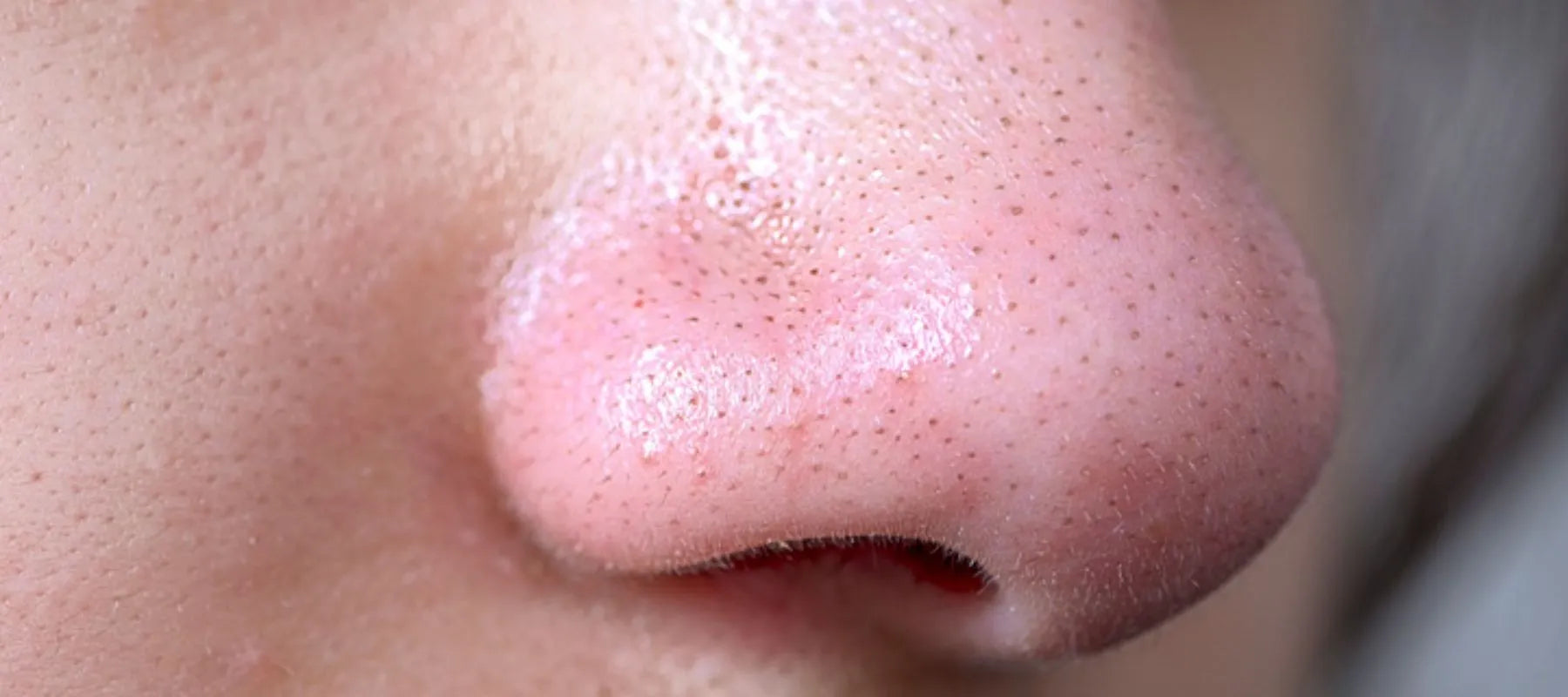

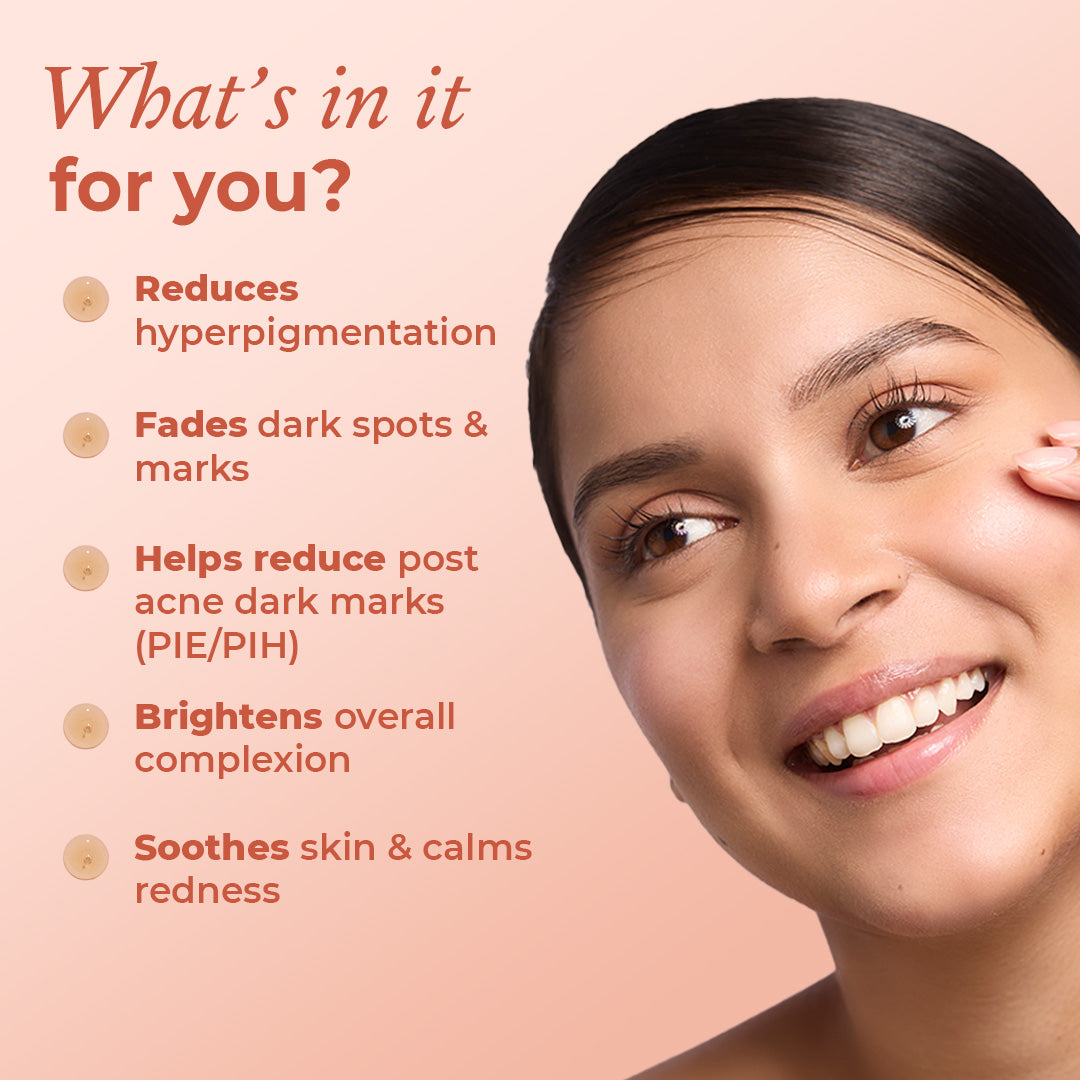

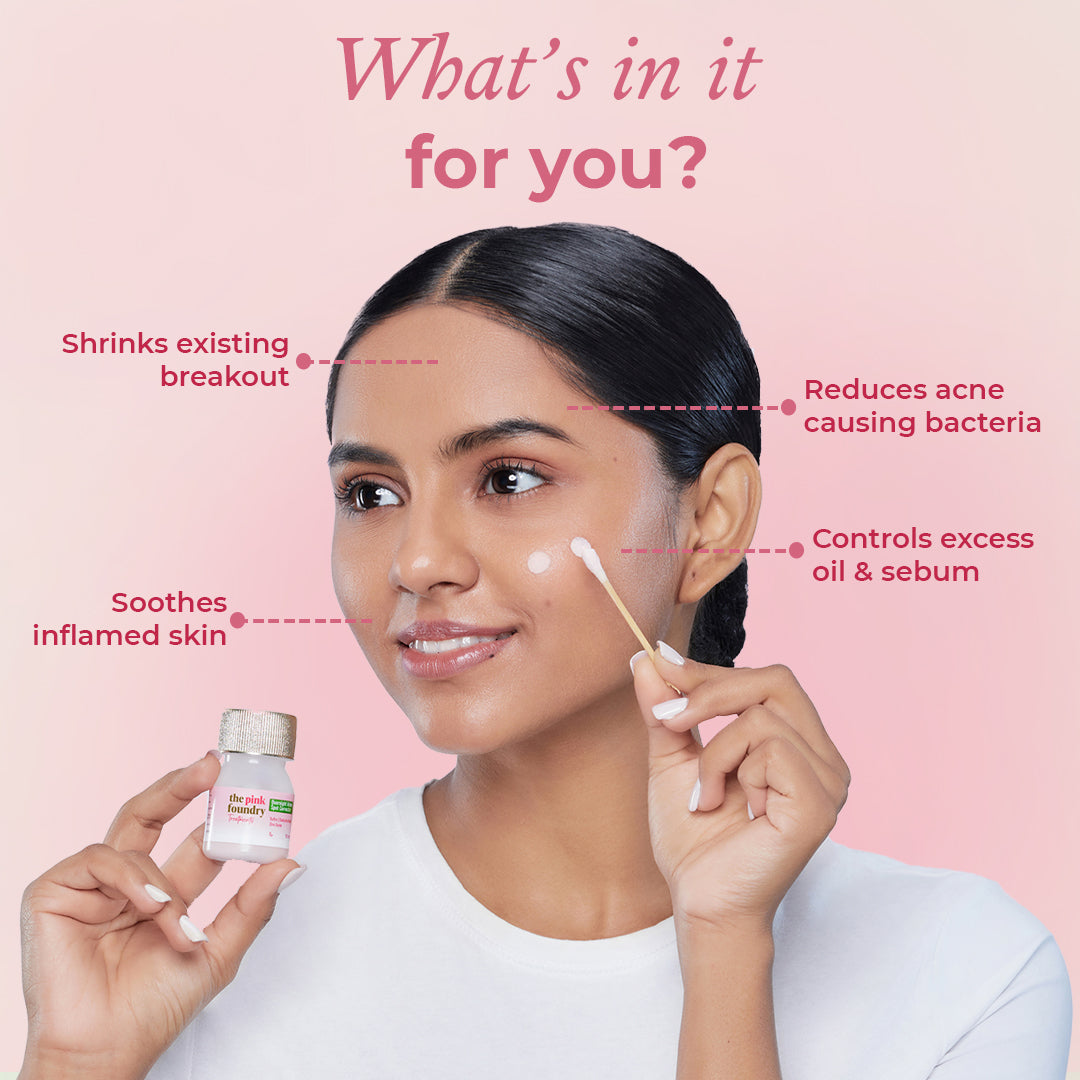
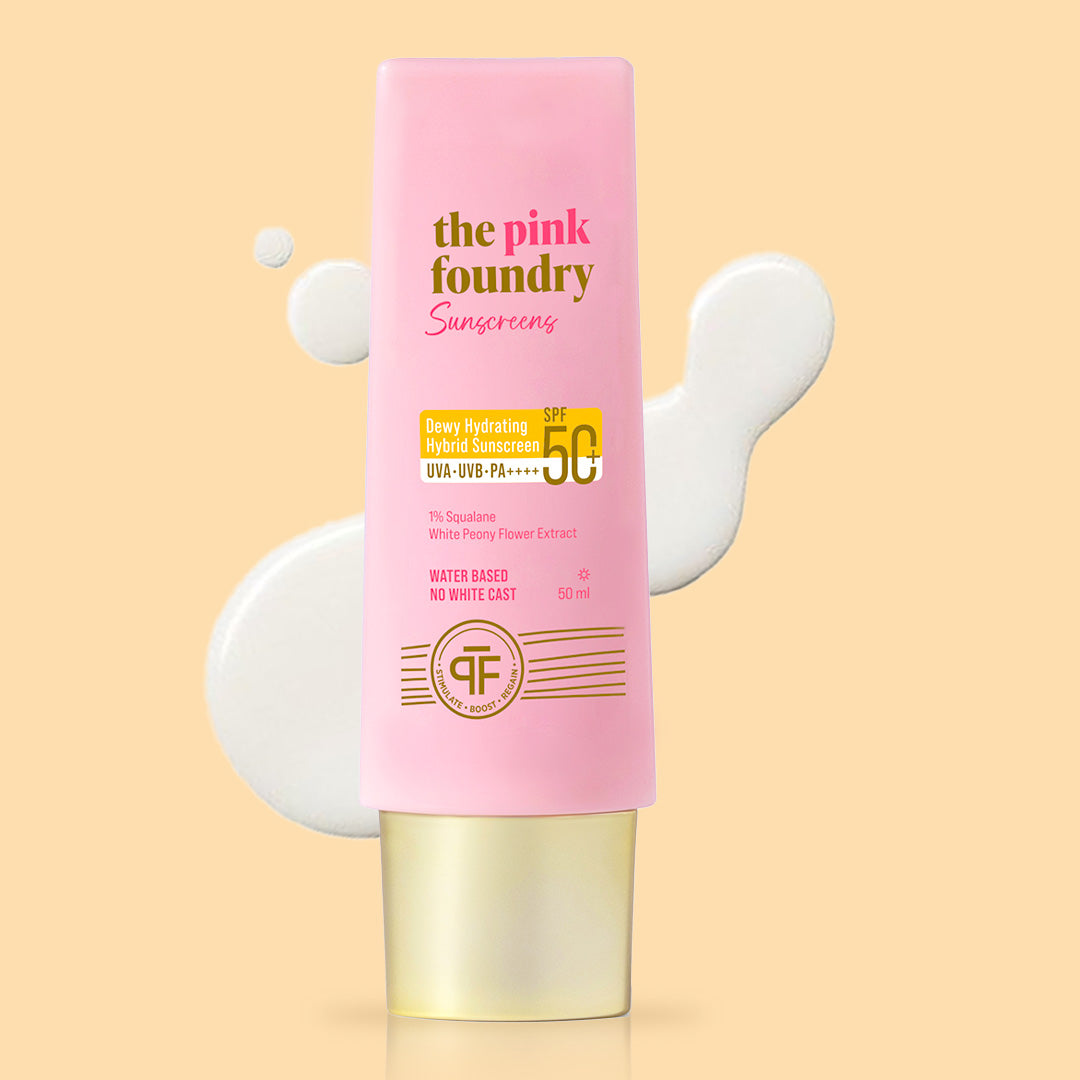
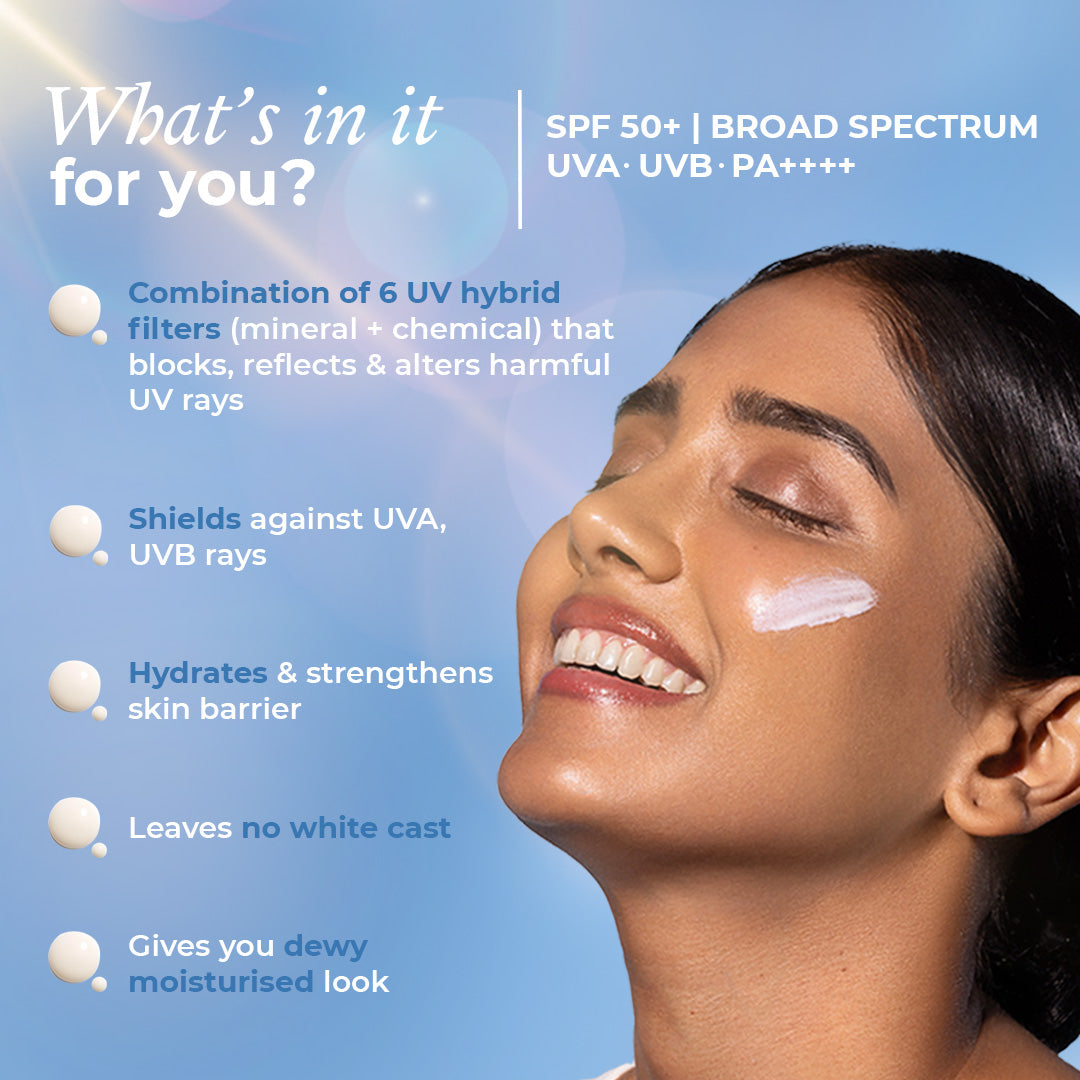
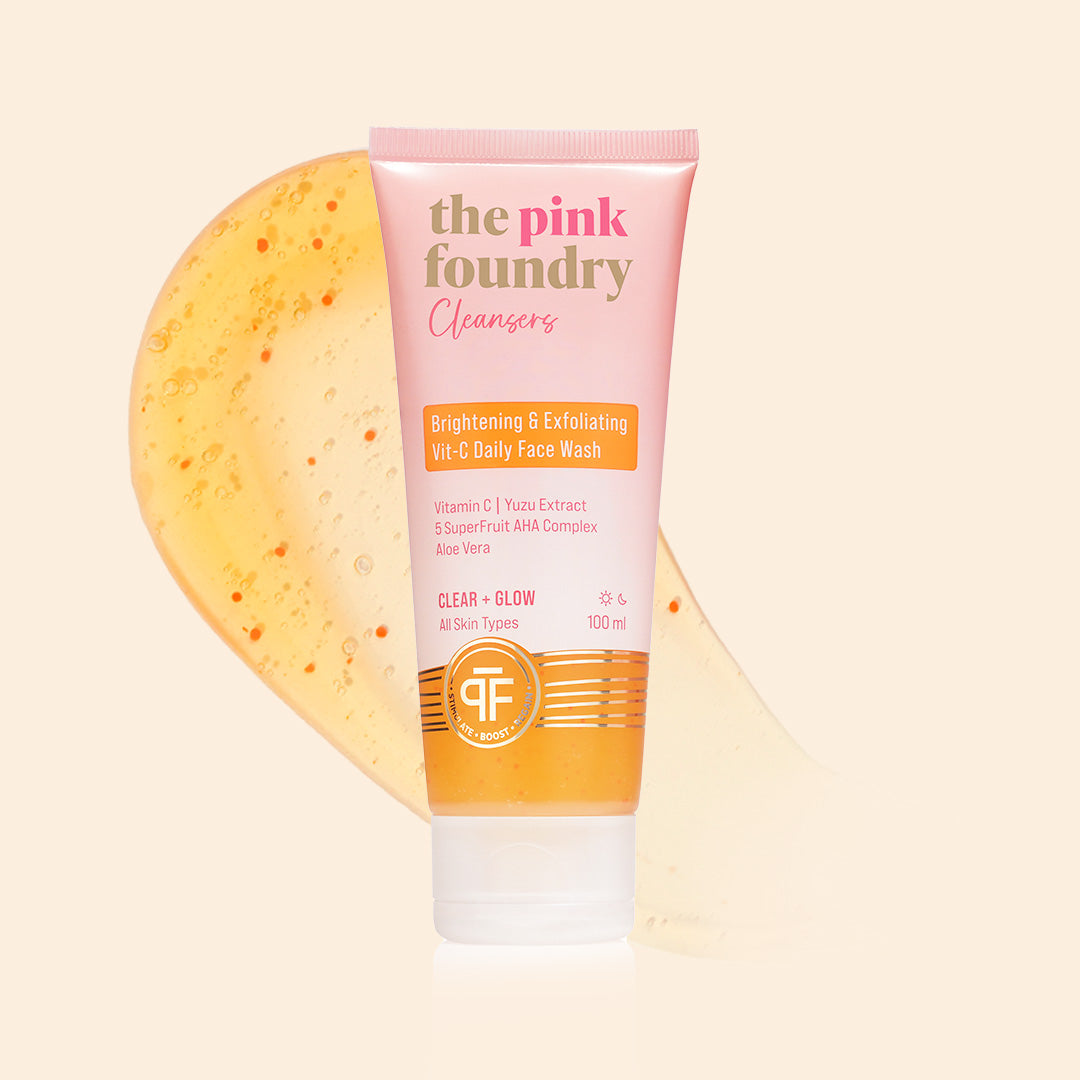
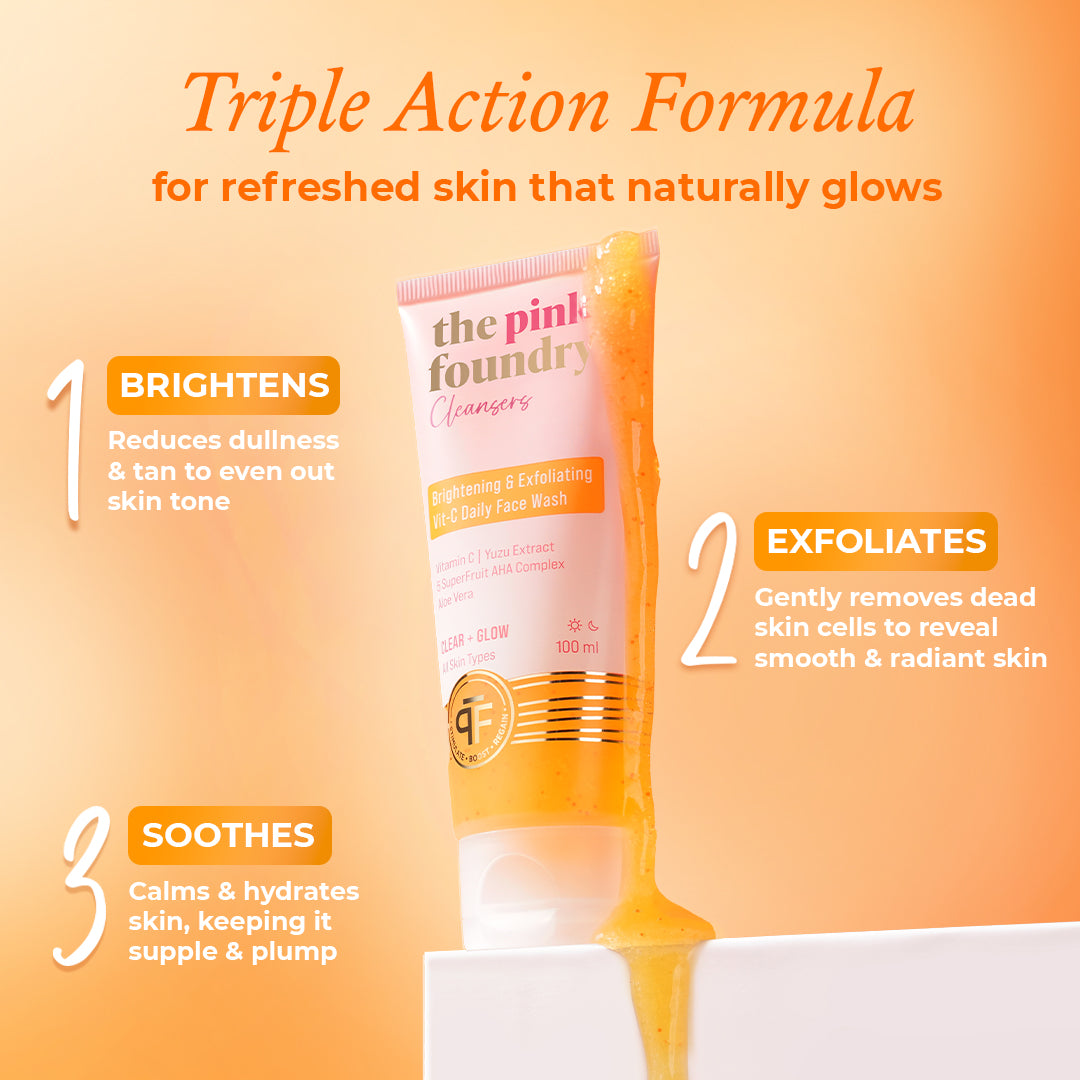
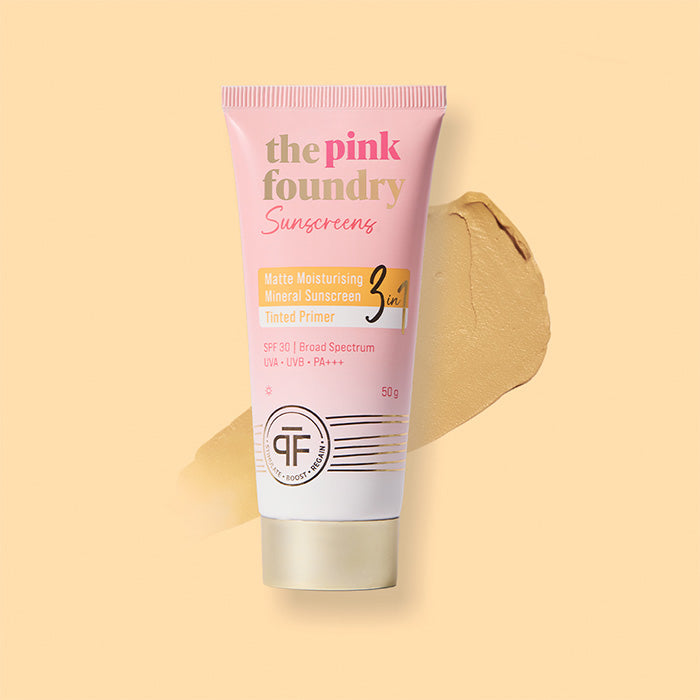
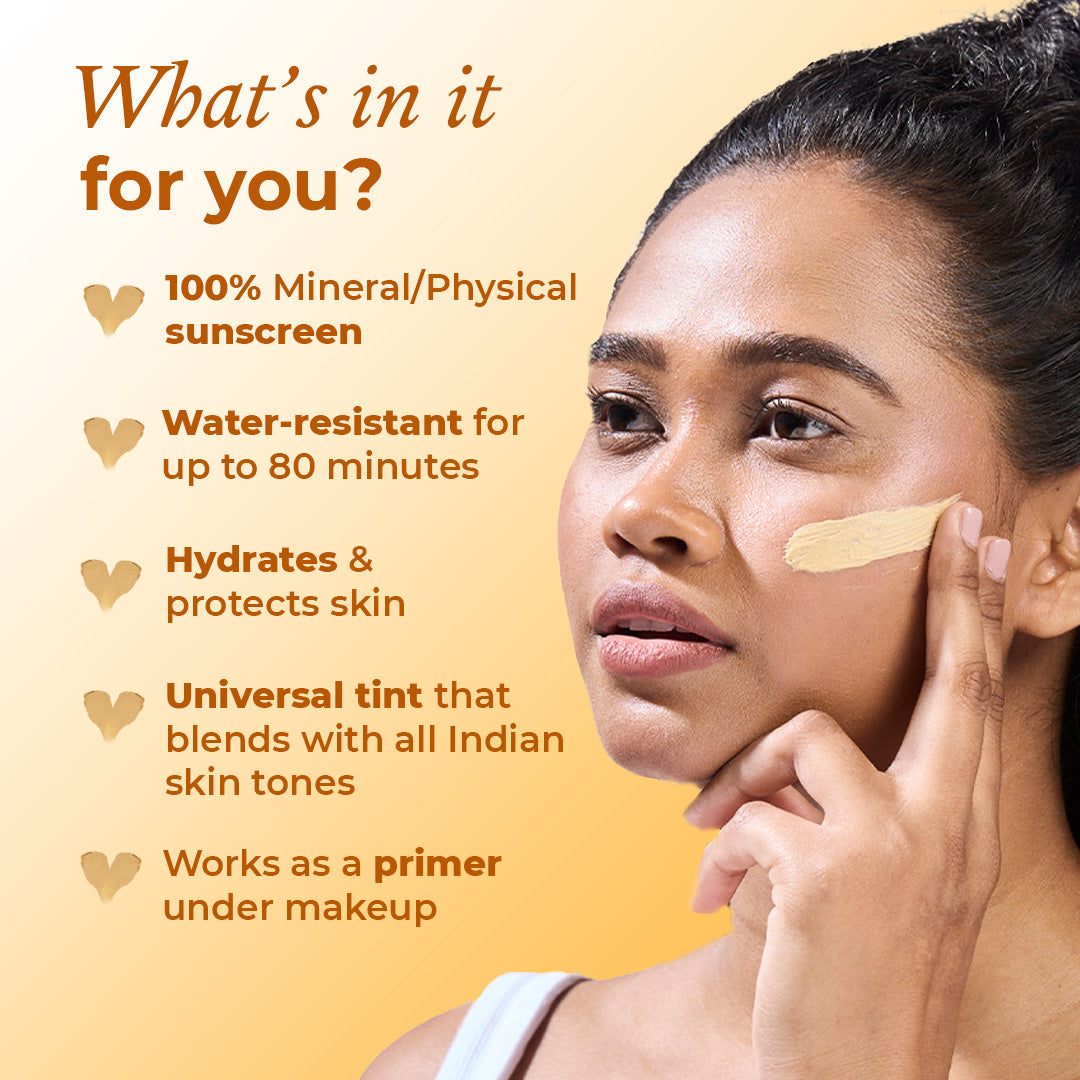
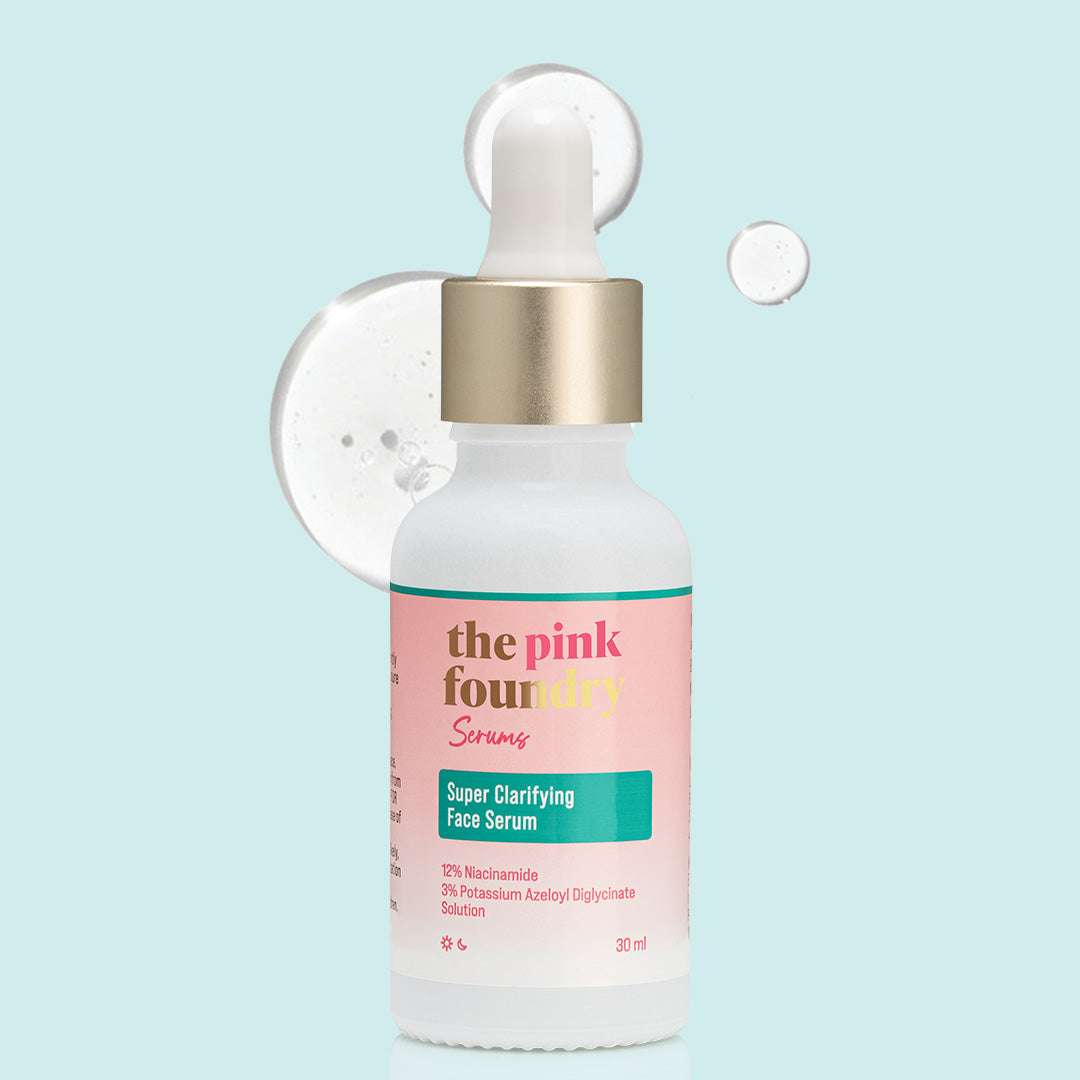
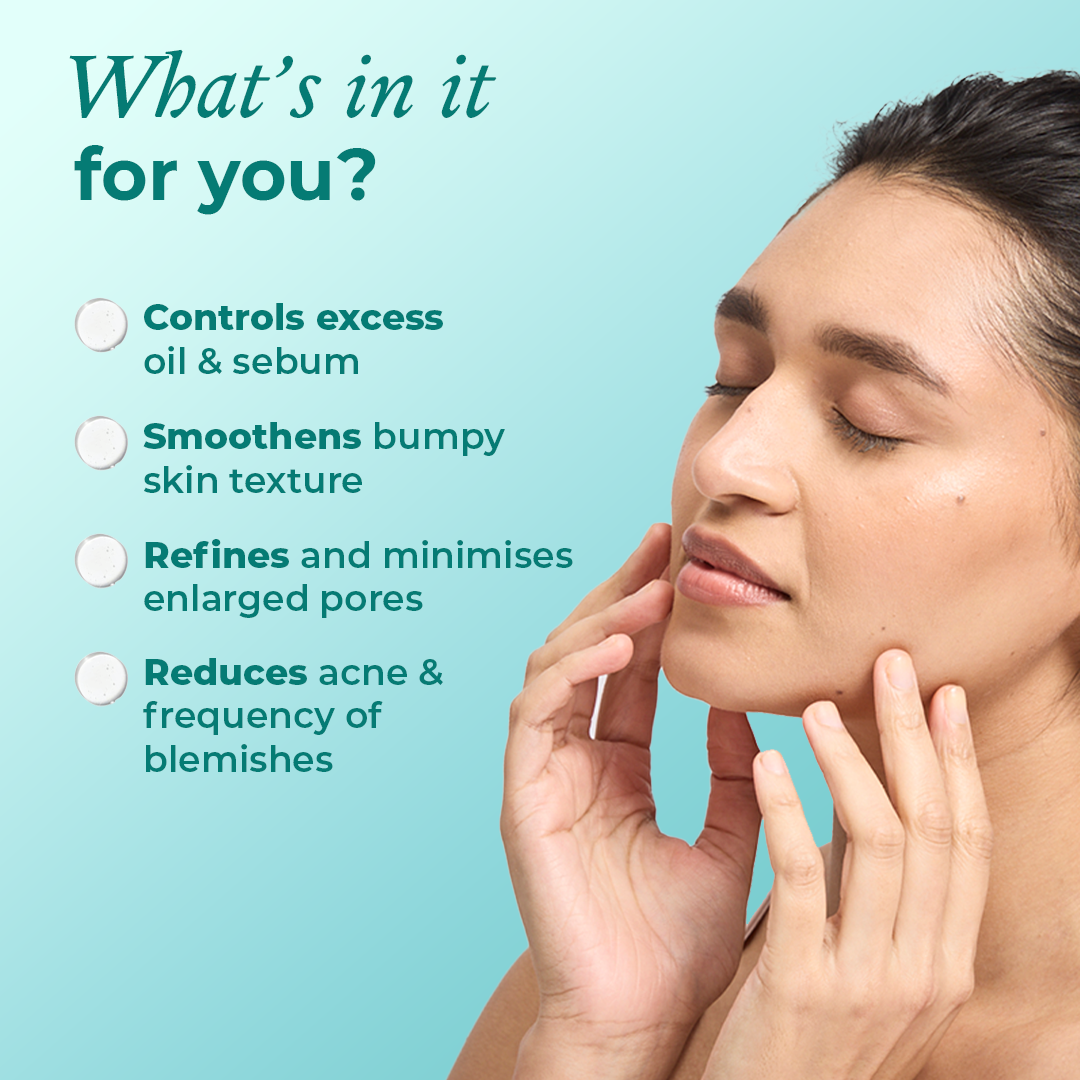

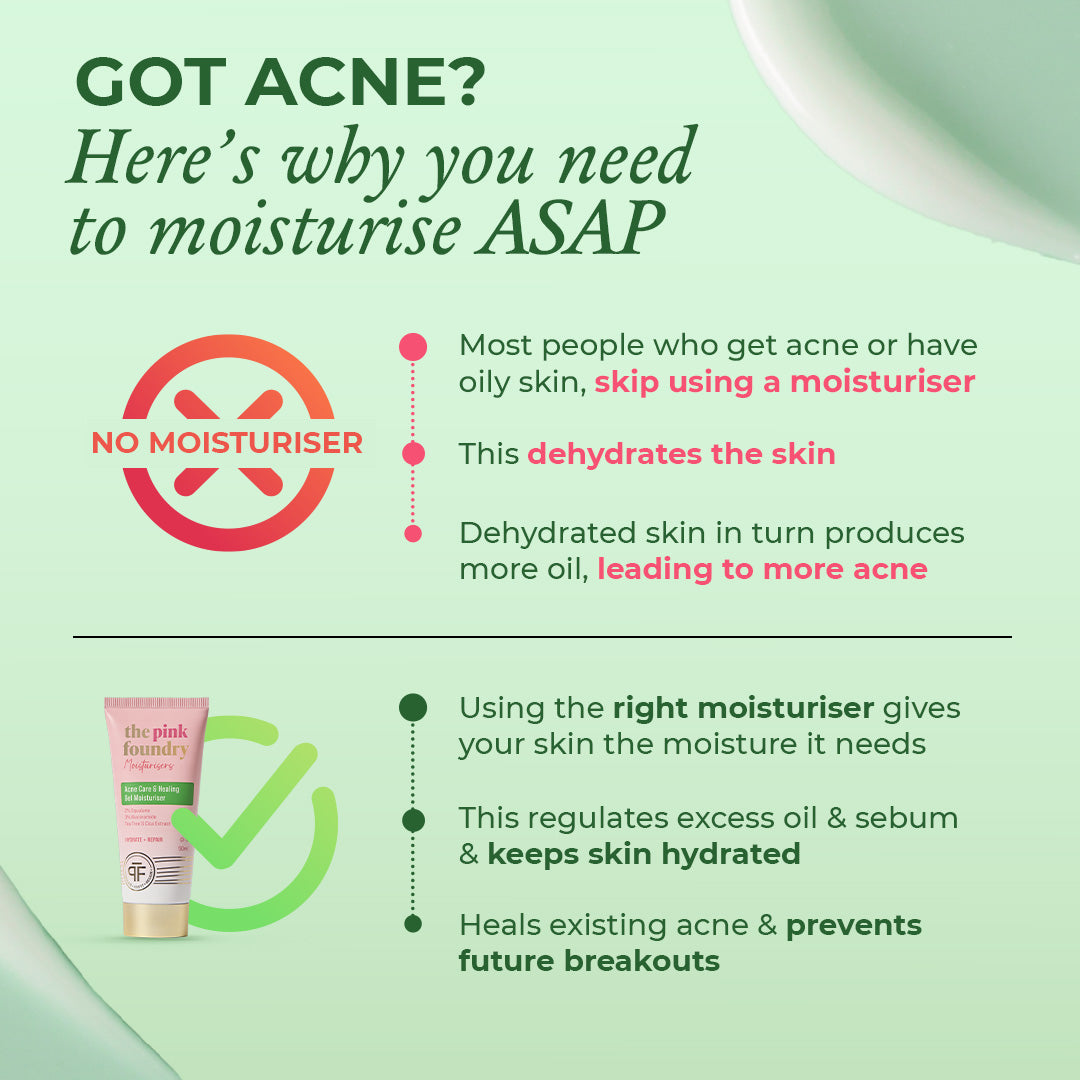
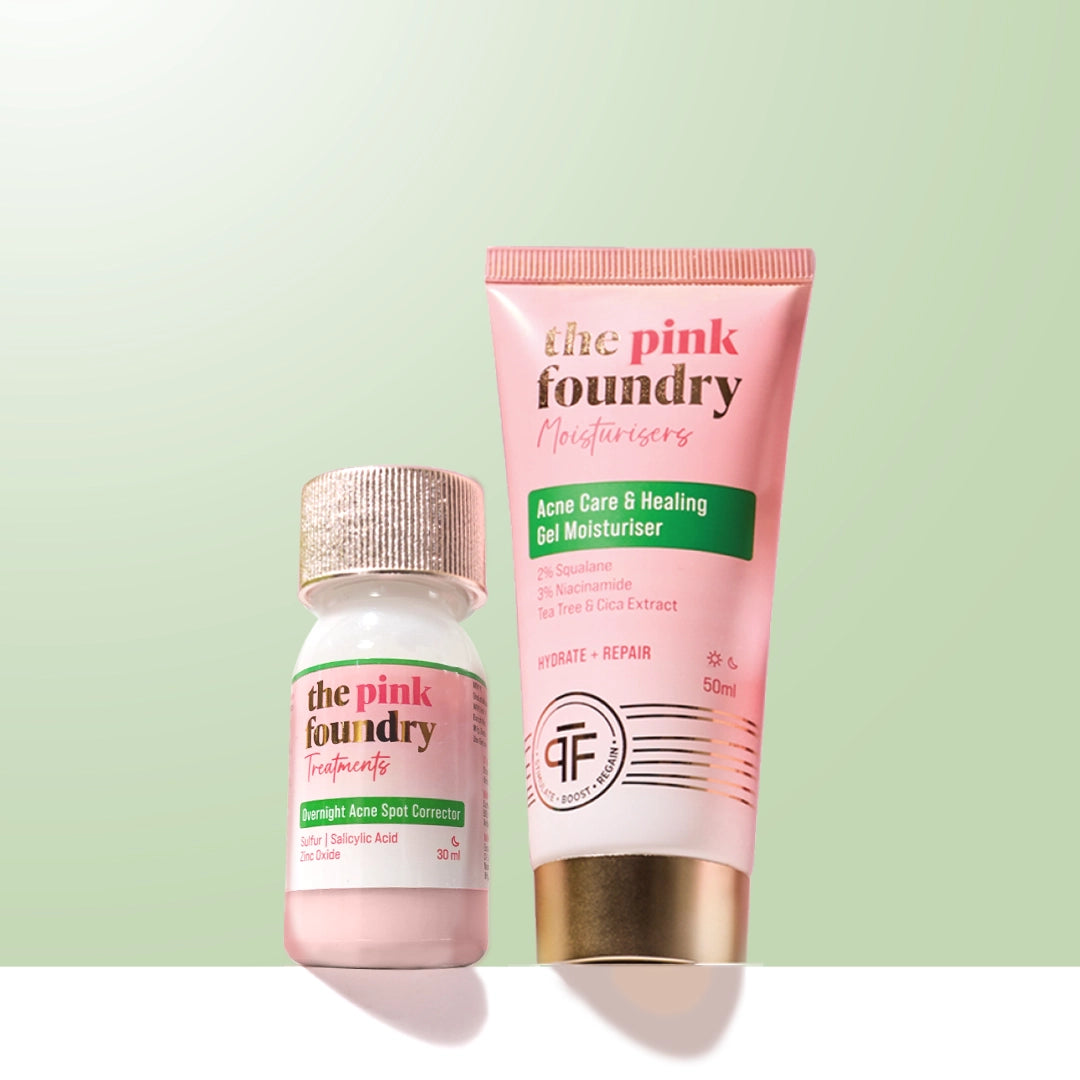
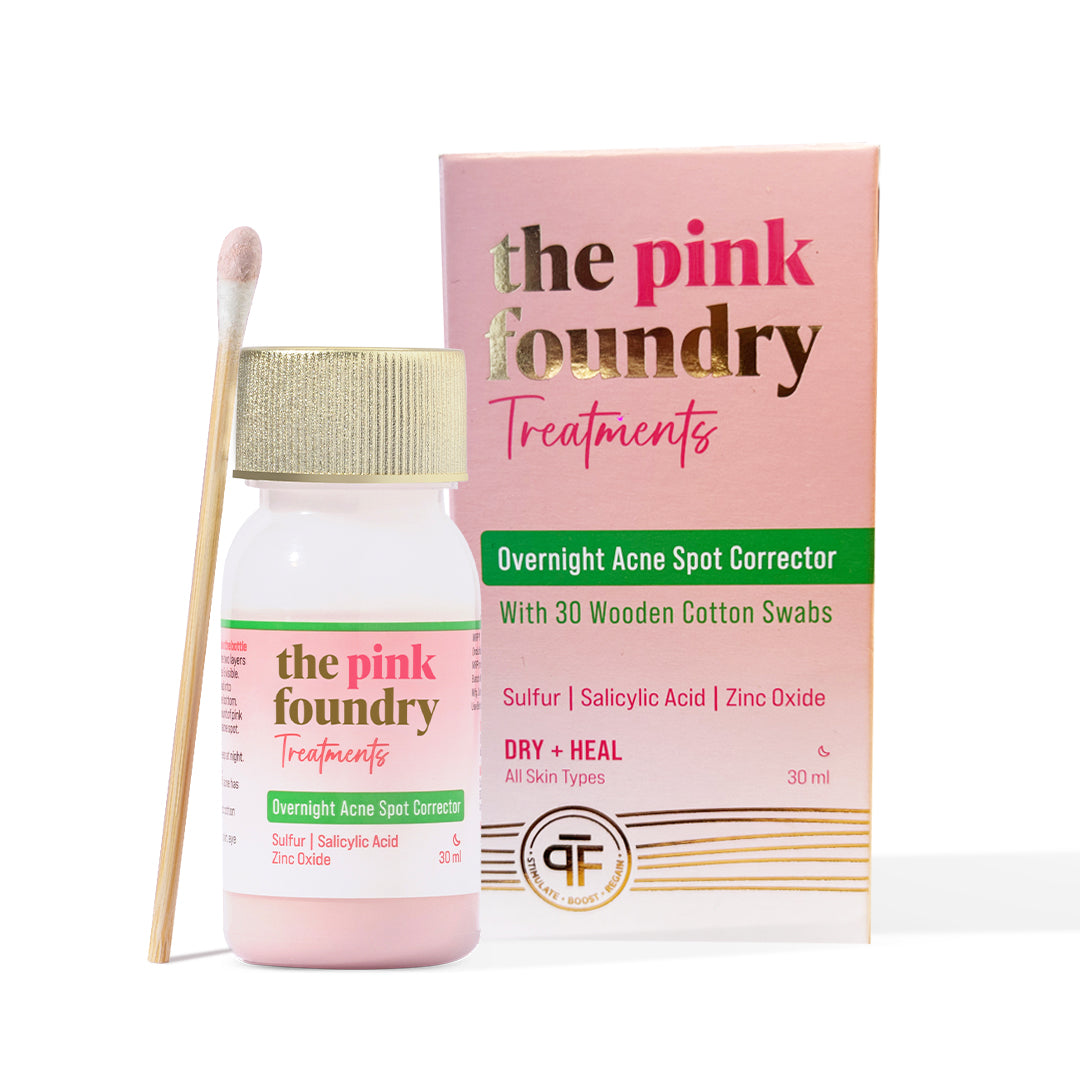
Leave a comment
This site is protected by hCaptcha and the hCaptcha Privacy Policy and Terms of Service apply.